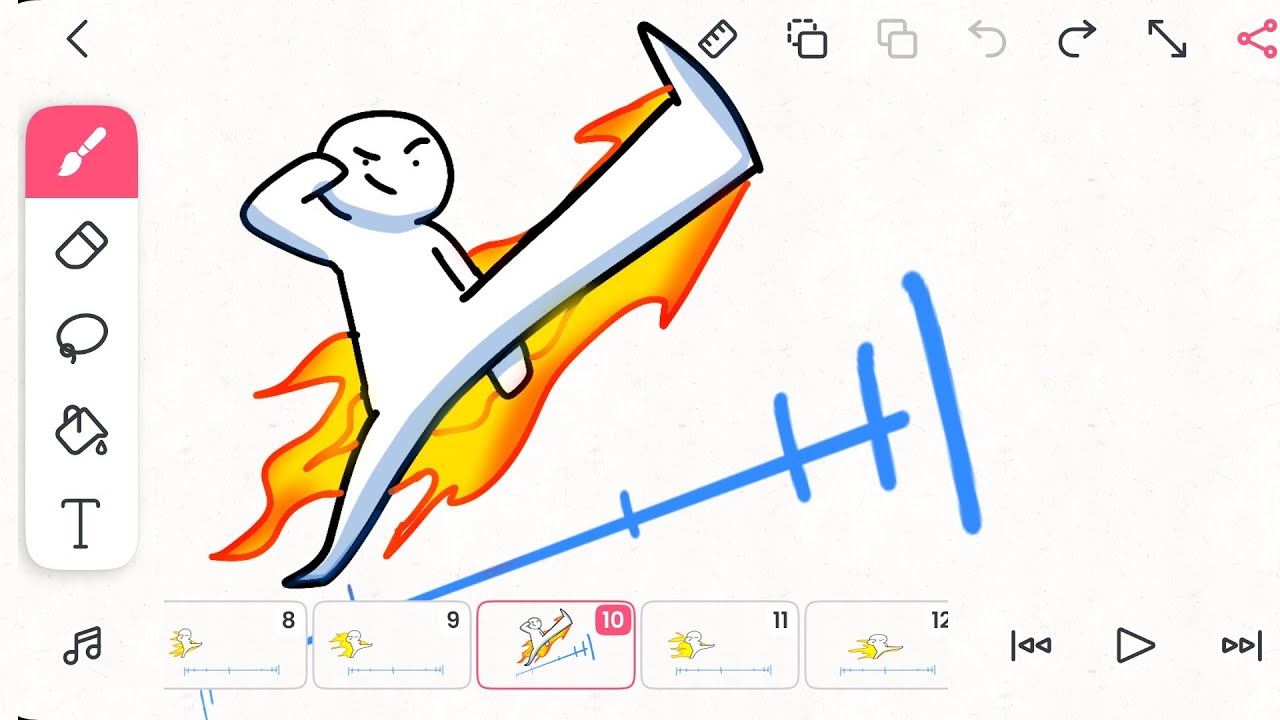How to build a $100,000 youtube automation business in late 2024.
Summary
TLDRThis comprehensive YouTube animation tutorial outlines a step-by-step guide to achieving financial success through YouTube. It emphasizes niche research, competitor analysis, and leveraging Evergreen topics for high RPM. The presenter shares personal experiences, including earning over $88,000 per month, and provides actionable strategies for viewers to replicate. The tutorial covers finding the right niche, creating a workflow with Trello, hiring freelancers on Upwork, and scaling content for optimal growth. It also highlights the importance of avoiding AI voices to prevent YouTube penalties and focuses on practical education over entertainment for video content.
Takeaways
- 😀 The tutorial promises to guide users from start to finish on how to create successful YouTube animations.
- 💼 The presenter shares personal success, earning over $88,000 per month from one YouTube channel and $3K from another.
- 🔍 The first step is niche finding, which involves researching topics and identifying successful competitor channels to emulate.
- 📈 Niche research focuses on Evergreen topics with high RPM (revenue per thousand views) and a good supply-demand balance.
- 📊 Tools like vidIQ are recommended for finding video topics and assessing their SEO scores and search volumes.
- 📝 Long-tail keywords are suggested for more specific video topics, which can lead to less competition and higher demand.
- 🛠️ The second step is posting videos to test content performance and identify what works best for the channel.
- 💼 The third step is scaling, which involves doubling down on successful content, eliminating bottlenecks, and optimizing the team for growth.
- 🔧 The presenter discusses using Upwork to hire freelancers for video creation, emphasizing the importance of good voiceover skills and English proficiency.
- 📋 A Trello workflow is introduced for managing the video creation process, from topic research to video upload and freelancer invoicing.
Q & A
What is the main focus of the YouTube animation training described in the script?
-The main focus of the training is to teach how to create YouTube animations from start to finish, covering niche finding, content creation, and scaling strategies to achieve consistent daily earnings.
How much money has the presenter claimed to make per month from their YouTube channels?
-The presenter claims to make over $88,000 per month from one of their YouTube channels.
What is the significance of finding competitor channels in the YouTube animation business model?
-Finding competitor channels is significant because it allows one to mimic successful strategies and avoid reinventing the wheel, thereby increasing the chances of success in the competitive YouTube market.
What tool does the presenter recommend for niche research and finding video topics?
-The presenter recommends using vidIQ, a tool that provides data on video topics, including SEO scores, search volume, and competitor numbers.
Why is it beneficial to choose longer tail keywords for YouTube videos according to the script?
-Longer tail keywords are beneficial because they are more specific, leading to less competition and higher demand, which can result in better search rankings and views on YouTube.
What is the recommended approach to posting videos on YouTube as suggested in the script?
-The recommended approach is to post a high volume of videos to increase the chances of getting views, focusing on providing solutions rather than perfecting video quality initially.
Why is it important to hire freelancers with good English speaking skills for video creation?
-Good English speaking skills are important because they contribute to higher video quality and viewer engagement, which can lead to better performance and revenue generation on YouTube.
What platform does the presenter suggest using to hire freelancers for video creation?
-The presenter suggests using Upwork to hire freelancers for video creation, as it allows for the creation of job posts and the selection of suitable candidates based on skills and budget.
How does the presenter propose to manage the workflow with multiple freelancers?
-The presenter proposes using Trello to manage the workflow, creating a board with lists for video topics, videos in progress, completed videos, and invoicing to track the progress and tasks of freelancers.
What is the recommended frequency for uploading videos to YouTube according to the script?
-The script suggests uploading multiple videos per day to maximize the chances of getting views and to grow the YouTube channel quickly.
How does the presenter advise to optimize YouTube video topics for better performance?
-The presenter advises to regularly reassess video topics based on their performance in YouTube analytics, focusing on those with the highest views and RPM, and to remake videos on the same topics for continuous optimization.
Outlines

This section is available to paid users only. Please upgrade to access this part.
Upgrade NowMindmap

This section is available to paid users only. Please upgrade to access this part.
Upgrade NowKeywords

This section is available to paid users only. Please upgrade to access this part.
Upgrade NowHighlights

This section is available to paid users only. Please upgrade to access this part.
Upgrade NowTranscripts

This section is available to paid users only. Please upgrade to access this part.
Upgrade NowBrowse More Related Video

Make $500/Day Posting FACELESS Ai Animated Videos for Kids (HOW TO START NOW)

How to Get Views on YouTube Shorts and Actually Make Money

FlipaClip – INTERPOLATION in ANIMATION (tutorial)

Start Affiliate Marketing with $0 and No Audience

Belajar HTML: Cara Memasukkan Embed Video YouTube Kedalam Halaman Web Menggunakan HTML iframe

How To Make Money With Google Ads Affiliate Marketing
5.0 / 5 (0 votes)